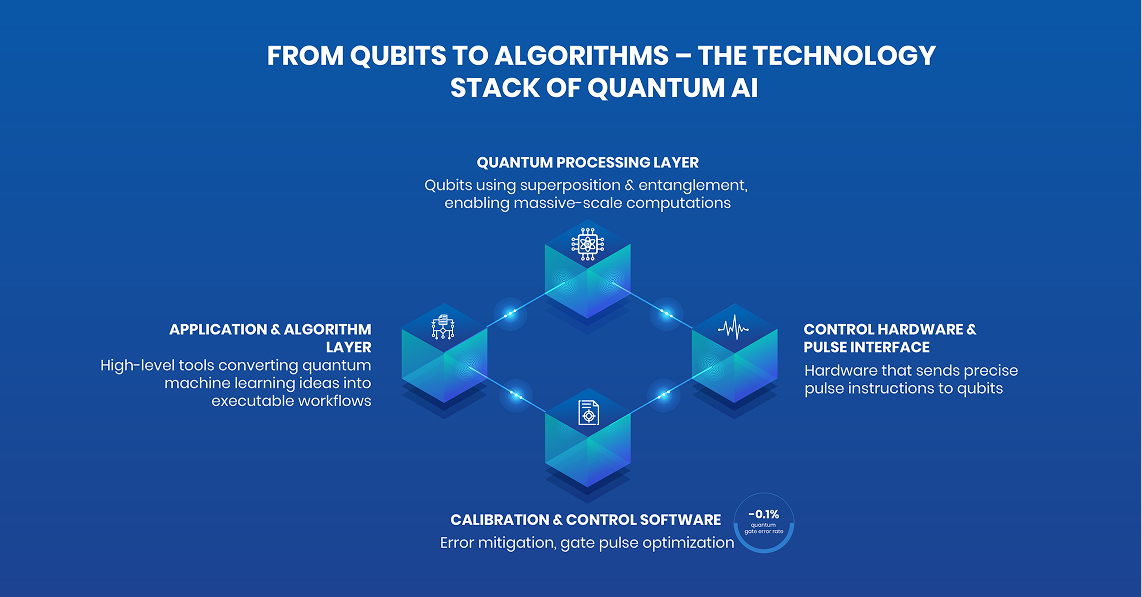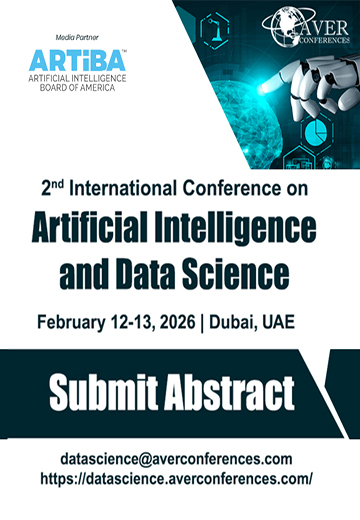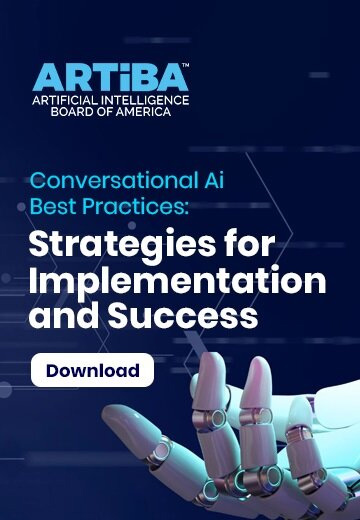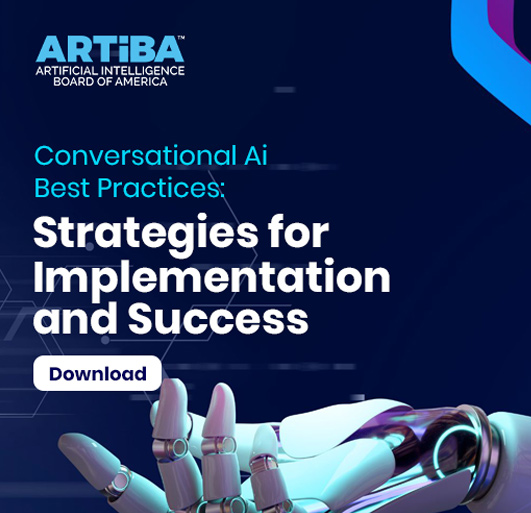The Rise of Quantum AI in Modern Machine Learning

In a world where conventional AI is rapidly reaching its computing capacity, Quantum AI takes its place, not as some far-fetched idea, but rather as a paradigm shift in the way machines can think, learn, and solve problems. Quantum machine learning can combine quantum mechanics with machine learning to unlock the potential of speeds and capabilities previously unimaginable. As industries move towards even smarter and faster solutions, this new field may define the future of AI in ways we have yet to imagine.
Why Quantum AI Matters Right Now
Quantum AI is not only a futuristic concept; it is a strategic necessity in the age of exploding computational needs and classical systems pushing the limits of complexity. The global Quantum AI market is projected to grow exponentially, rising to a whopping USD 5.06 billion by 2033 compared with an estimated USD 246 million in 2023, with a mind-boggling CAGR of about 35%. This kind of growth is an indication that this technology is not only experimental, but it is an accelerating reality that is transforming the world of industry.
The main drivers are:
-
Performance breakthroughs: Experimental quantum technologies like the Willow quantum chip have shown tasks that would take the fastest available classical machines billions of years, but which can be done in minutes, bringing quantum computing to practical application.
-
Operational demand: The explosive growth of the complexity of data requires smarter, faster processing. Quantum machine learning is best placed to fulfill this requirement, providing the ability that cannot be effectively achieved using classical systems.
What Makes Quantum Machine Learning Different
Quantum machine learning approaches the reimagination of computation by using concepts of quantum mechanics, such as superposition and entanglement, to encode and compute data in fundamentally different ways. For instance, a system of n qubits can encode 2n complex amplitudes simultaneously, offering exceptionally compact and expressive data representation. One such hallmark algorithm, HHL, can invert a matrix in logarithmic time, a task that is traditionally polynomial scaling, resulting in exponential speedups of some machine learning algorithms such as support vector machines.
-
Hybrid Processing Capability
Quantum methods tend to mix and match classical and quantum processing, outsourcing resource-intensive subroutines to quantum circuits and focusing the non-resource-intensive parts classically with the goal of increasing adaptability and practical usability.
-
Superior Model Expressivity and Training Efficiency
Effective dimension better reflects the expressive power of a quantum neural network, and well-designed quantum neural networks can exceed the expressive power of their classical counterparts and perform faster convergence, especially avoiding training bottlenecks like barren plateaus.
-
Theoretical quantum advantage
A study of UBC researchers from Blusson QMI has proved that quantum classifiers, such as variational quantum classifiers and quantum kernel support vector machines, have the mathematical potential to solve problems that classical models cannot solve. This is a benefit that is still in its infancy but mathematically based.
This table provides a side-by-side comparison of how classical machine learning and quantum machine learning differ in data handling, processing, and performance capabilities.
| Aspect |
Classical ML |
Quantum ML |
| Data Representation |
Explicit vectors or kernel features |
Implicit encoding in exponentially large Hilbert spaces |
| Processing Capability |
Sequential or parallel classical computing |
Parallel via superposition; enhanced by entanglement |
| Model Expressivity |
Limited by architecture and feature mapping |
Higher, thanks to quantum-enhanced feature spaces |
| Hybrid Integration |
Purely classical |
Seamless classical-quantum workflows for optimized learning |
| Empirical Performance |
Sometimes strong on large datasets |
Shown improvements in small-data, high-dimension contexts (≈20%) |
Real-World Applications in Motion
Real-World Applications in Motion takes us out of the theoretical promise and into a place where Quantum AI and quantum machine learning are already making waves:
A state-of-the-art model called the Quantum Kernel-Aligned Regressor (QKAR) has increased accuracy in semiconductor design. On only 159 samples of gallium nitride transistors, QKAR achieved better performance than seven classical models, improving efficiency by a maximum of 20.1% in modeling contact resistance. This shows why the combination of quantum states and machine learning can optimize performance on complex engineering tasks.
Environmental monitoring and infrastructure are other areas that researchers are utilizing quantum machine learning. For example, using hybrid quantum models to analyze groundwater data allows specialists to handle more data with high precision, opening possibilities of more intelligent traffic routing to lessen congestion and emissions or improved medical imaging diagnostics.
-
Precision of semiconductors: The ability to integrate quantum-state processing by QKAR increases the efficiency of vital chip design processes.
-
Optimization of environment & infrastructure: The ability to detect patterns in real-time at a large scale with quantum-enabled analytics can be applied to water resources as well as urban mobility.
From Qubits to Algorithms: The Technology Stack
Quantum AI has at its heart a layered ecosystem, each of which enables quantum machine learning to operate with speed and possibility. Here is how we can decompose it in a structure that is both fresh and clear:

The qubits, or quantum analogs of bits, are stored in this lower layer. Using quantum peculiarities such as superposition and entanglement, qubits are the engine of quantum machine learning, allowing computation at a scale impossible with classical bits.
-
Control Hardware & Pulse Interface
This layer is placed right above the qubits and directs the dance of quantum operations. It contains the analog front-end, quantum controllers, and pulse-level instructions, which means translating abstract operations into actual qubit manipulations.
-
Calibration & Control Software
This level ensures the fidelity of qubits through the modification of gate pulses and mitigation routines. It maximizes the native gate performance via dynamic adjustments, which is critical to our noisy intermediate-scale quantum (NISQ) world, where gate errors constrain the circuit depth to about 1,000 operations at common error rates of 0.1%.
-
Application & Algorithm Layer
At the highest level, above all, are the quantum-sensitive tools that researchers and developers interact with. This covers the upper levels of programming, algorithmic frameworks, and interfaces that render quantum machine learning aspirations into working processes.
Research Labs, Startups, and Global Leaders Driving Change
Quantum AI research and development is developing as a dynamic combination of visionary organizations and nimble innovators, with each bringing a new chapter to the history of quantum machine learning.
At the forefront, academic and national research centers are leading thoughts that challenge the status quo of what is possible. Meanwhile, startups are bringing breakthroughs to scale with an ambitious vision:
-
Alice & Bob have raised more than €134 million to develop their novel cat qubit architecture and have demonstrated error rates down by a factor of about 160x, an impressive step towards fault-tolerant systems.
-
Multiverse Computing is an EU-based company building on quantum and AI algorithms through its Singularity platform, which operates in Europe and North America. It has recently surpassed a valuation of more than €127 million and democratizes quantum solutions in many industries, including energy and finance.
These innovations have been supported by a flood of funding: in 2024, more than US$2.6 billion in private money went into the global quantum startup ecosystem, a 58% increase over the previous year, plus US$1.8 billion in government investments.
What the Future of AI Could Look Like with Quantum Acceleration
Quantum AI integration may take artificial intelligence beyond predicting the future to context-sensitive, real-time decisions that are nearly human in their flexibility. Quantum algorithms might be able to analyze large, unstructured datasets in milliseconds, using principles such as superposition and entanglement that classical computing systems could not hope to achieve in years.
Key possibilities include:
-
Autonomous Decision-Making: Future quantum-powered AI would be able to constantly learn and adapt to new situations without being programmed. This implies that autonomous vehicles, robotics, and financial models would respond to unforeseen situations immediately, enhancing safety, efficiency, and flexibility in extremely dynamic systems.
-
Climate and Environmental Modeling: Simulations on quantum models may be able to capture billions of variables in the environment and provide a long-term view on climate change that is very precise. This may shape the world's policies on sustainability, disaster resilience, and resource utilization.
-
Real-Time Translation: Quantum-speed processing of linguistic patterns, tone, and cultural context has the potential for AI to offer perfect, real-time translation between hundreds of languages, ensuring that communication is barrier-free in international diplomacy, medical, and business contexts.
Conclusion
The emergence of Quantum AI marks a turning point at which the speed of computing, flexibility, and potential to solve problems may change the future of AI. It leads to possibilities that are not currently restrained due to the merging of quantum principles and advanced learning models. The key to succeeding in this emerging domain is to promote cross-disciplinary knowledge, consider ethical consequences in advance, and develop an innovation-ready culture to experience the full potential of quantum machine learning.







